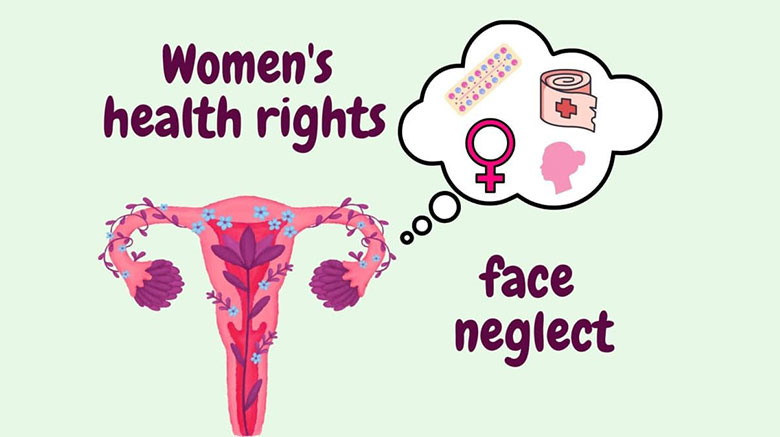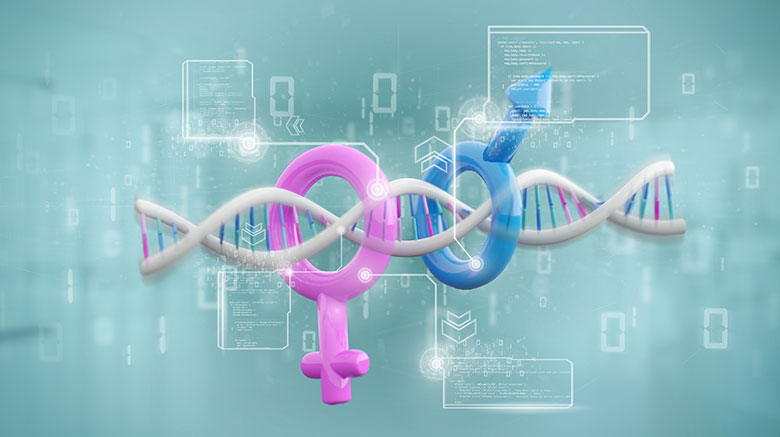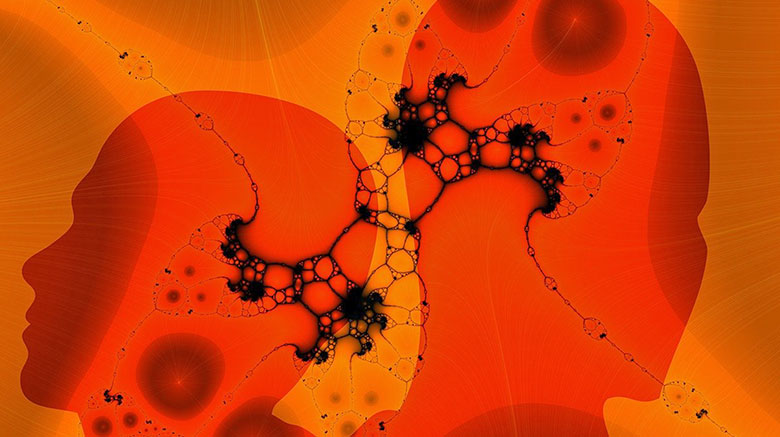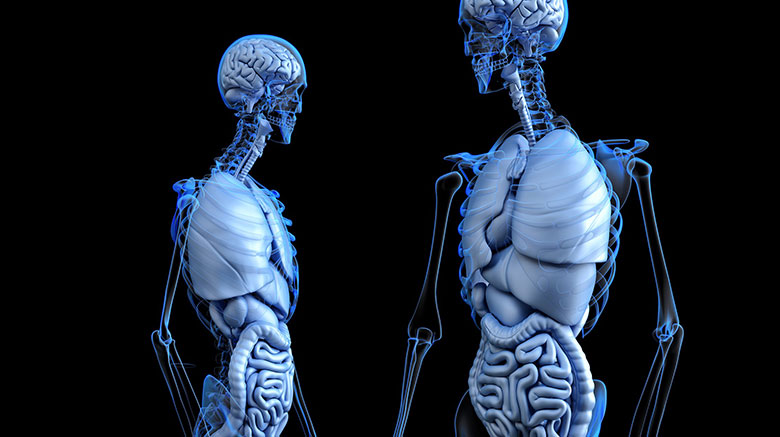“Closing the gap would give the 3.9 billion women in the world today an extra seven healthy days a year, or an average of 500 days over a lifetime.” Sheila Uria Veliz and Mehek Bapna are not related, at least not by blood, but they share something similar. Both young women had their teenage years upended by debilitating illnesses that took years to diagnose.










